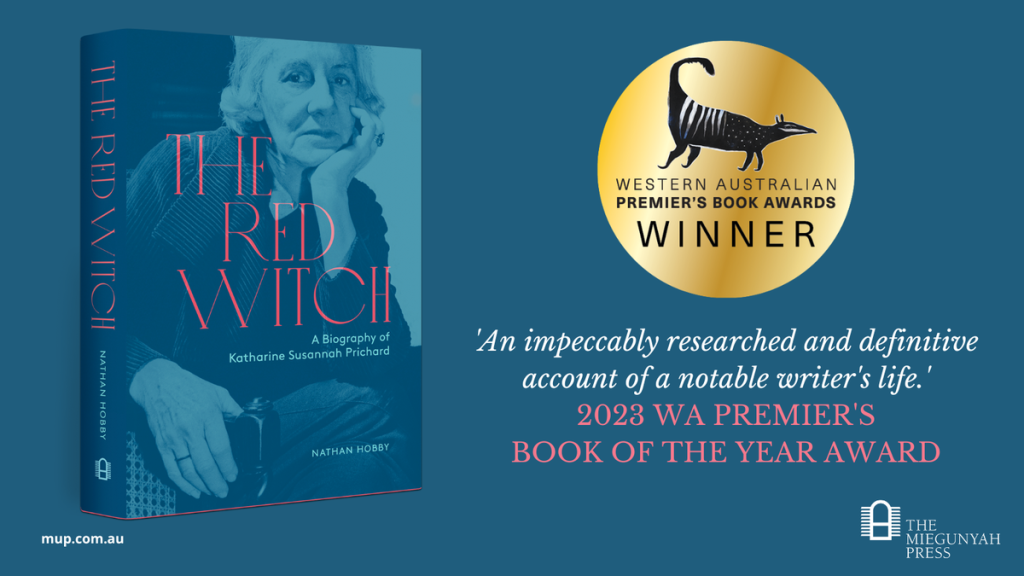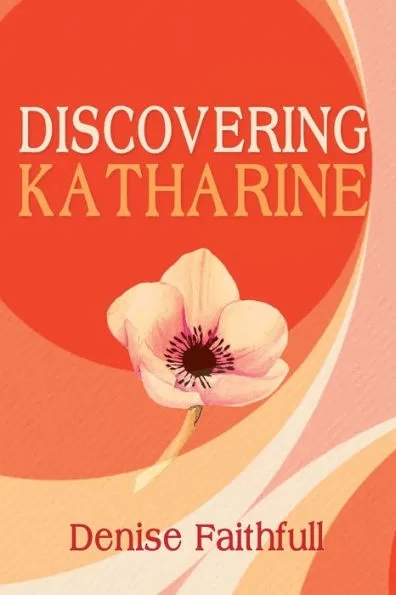In 2019 I was asked to write an essay for a literary journal for the fiftieth anniversary of Katharine Prichard’s death about her legacy in the light of criticisms of Coonardoo. The anonymous peer review was so discouraging and, to my mind, wrong-headed that I couldn’t revise it in an appropriate way. I’ve been meaning to publish it on my blog ever since, and now I finally am! Since 2019 some things have changed – notably, Working Bullocks and Intimate Strangers are back in print, thanks to the wonderful Untapped project. But the need to read Coonardoo in an informed way and to look beyond it to other works KSP wrote remains.
Writers don’t choose which books come to define them. ‘Coonardoo seems to be the most popular of my books’, Katharine Susannah Prichard said in a 1960 interview, but ‘others… I consider of more importance’. (de Berg) Coonardoo: The Well in the Shadow (1929) is a novel about the repressed love between Hugh, a Pilbara cattle-station owner, and Coonardoo, the Aboriginal woman who has grown up with him. Fifty years after Prichard’s death, and ninety years after Coonardoo’s publication, the problems with her best-known novel are increasingly apparent. ‘This is a story’, writes Eualeyai / Kamillaroi academic Larissa Behrendt, ‘about white sorrow, not black empowerment’. (Behrendt 94) Its representation of Aboriginal Australians, while ahead of its time in certain ways, was also very much of its time.
Continue reading →








